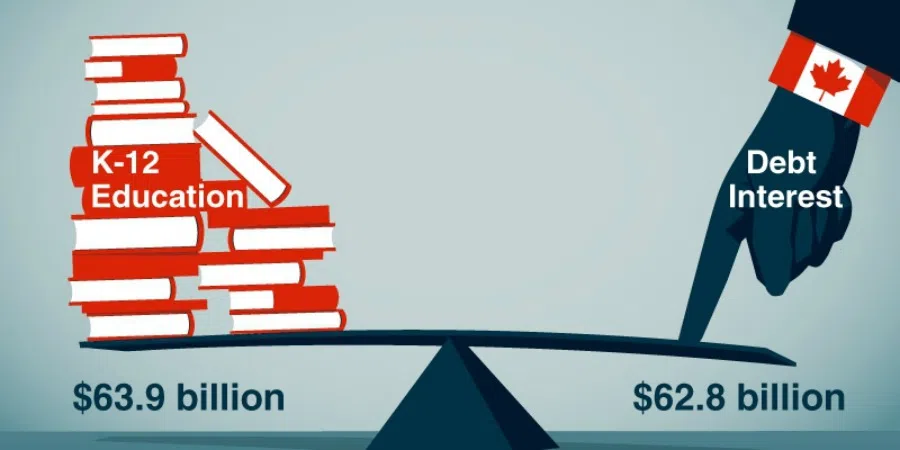
Massive government debt means ‘less flexibility’ for future generations: taxpayer watchdog
NANAIMO — A report from the Fraser Institute released this week highlights some staggering figures on government debt.
According to the right wing think tank the accumulated federal and provincial debt this year will reach $1.4 trillion.
That’s up from $833 billion in 2008.
The institute made the comparison that in the 2013-14 school year there was $63.9 billion spent on Canada’s entire primary and education system, while $62.8 billion went to paying interest on government debt in 2015-16.



